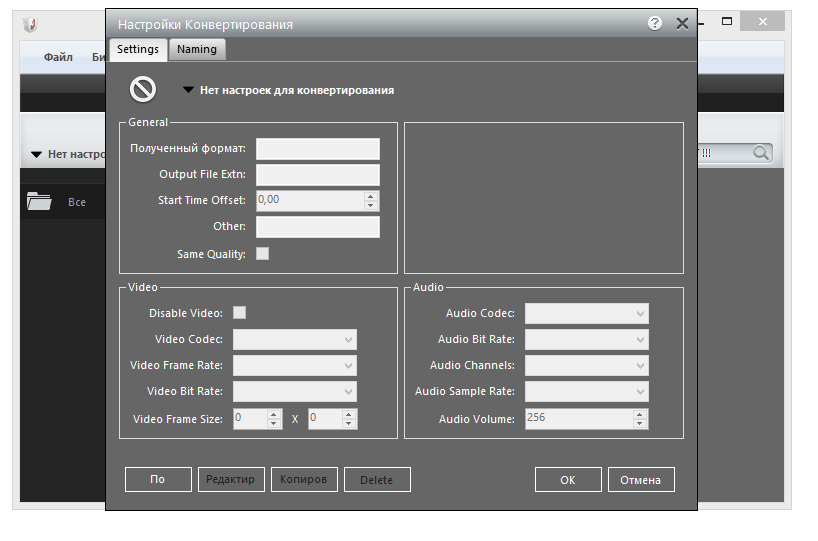

The Puerto Rican population of New York City is the largest outside Puerto Rico. The largest ethnic groups as of the 2005 census estimates are: African American, African or Caribbean, Puerto Ricans, Italians, West Indians, Dominicans, Chinese, Irish, Russian, and German. West 46th Street between the Fifth and Sixth avenues in Manhattan was designated Little Brazil due to its popularity as a financial center for Brazilians who live in or visit New York. New York City is also one of the main entry points for newly arrived Brazilian immigrants in the United States.

Indians are the largest South Asian group, comprising 2.4% of the city's population, with Pakistanis at 0.4% and Bangladeshis at 0.8%, respectively. Filipinos are the largest southeast Asian ethnic group at 0.8%, followed by Vietnamese who make up only 0.2% of New York City's population. Koreans make up 1.2% of the city's population, and Japanese at 0.3%. 6.0% of New York City is of Chinese ethnicity, with about forty percent of them living in the borough of Queens alone. New York contains the highest total Asian population of any U.S.

New York City alone, according to the 2010 Census, has now become home to more than one million Asian Americans, greater than the combined totals of San Francisco and Los Angeles. It is also home to nearly a quarter of the nation's Indian Americans and 15% of all Korean Americans the largest African American community of any city in the country and including 6 Chinatowns in the city proper, comprised as of 2008 a population of 659,596 overseas Chinese, the largest outside of Asia. The New York City metropolitan area is home to the largest Jewish community outside Israel. The eleven nations constituting the largest sources of modern immigration to New York City are the Dominican Republic, China, Jamaica, Guyana, Mexico, Ecuador, Brazil, Haiti, Trinidad and Tobago, Colombia, Russia and El Salvador. About 36% of the city's population is foreign-born, one of the highest among US cities. Manhattan's population density is 74,781 people per square mile (28,872/km 2), highest of any county in the United States. The city's population density of 29,091.3 people per square mile (11,232/km 2), makes it the densest of any American municipality with a population above 100,000. New York's two key demographic features are its population density and cultural diversity. This amounts to about 44% of New York State's population and a similar percentage of the metropolitan regional population. New York City is the most populous city in the United States, with an estimated 8,804,190 people living in the city, according to the 2020 U.S. For the same area before 1900, see #Historical population data, below. Beginning with 1900, figures are for consolidated city of five boroughs. Population Historical population Yearġ880 & 1890 figures include part of the Bronx.
#Jaksta media recorder 7.0.1.25 full
(Click on image to see full key and data.) Population growth (blue) and population loss (red) from 1990 to 2000.


 0 kommentar(er)
0 kommentar(er)
